Kelly Cotton
AP Comparative Government 🗳️
90 resourcesSee Units
Much like our exploration of the legislative branch, it makes more sense to look at these two topics together. Let us start with the structure and function of the judicial systems in each of our course countries (UK 🇬🇧, Russia 🇷🇺, Iran 🇮🇷, Mexico 🇲🇽, China 🇨🇳, and Nigeria 🇳🇬)
Key Terms
- Civil Rights: An individual's protection against an abusive of power on the part of the government.
- Civil Liberties: An individual being protected from discrimination by the government or other individuals or groups. It consists of the rights and liberties protected by the Consitution. For example: The right to a fair trial may be guaranteed by the constitution.
- Rule of Law: The principle that a state should be governed by a clear set of known laws not by arbitrary decisions made by individual government officials.
With a focus on the structure and function within the judiciaries, you should be able to discuss what the functions of the judicial branch is, how judges are appointed, and how justices interpret and apply laws. It is also helpful to understand how disputes are resolved by the judicial branch in each country as well.
Comparing Judcial Systems
Judicial Systems in the UK
The structure of the court system in the UK is much like other advanced democracies. In regards to structure, there are courts of original jurisdiction and courts of appeals. There are district courts that hear cases that can be appealed to High Courts, which until the 21st century meant the law lords. The law lords were members of the House of Lords who were given the ability to settle disputes from lower courts.
In 2009, a Supreme Court was created to replace the law lords. The court is made up of a president and 11 justices appointed by a panel of lawyers. One other interesting note before we leave structure and move onto function in a moment, in the UK, Scotland maintains a separate legal system.
The function of the Supreme Court in the UK is much different than what we associate with our Supreme Court in the US. Remember that the UK is governed by an idea known as parliamentary sovereignty, or their decision is final. This means that the Supreme Court does NOT have the ability to nullify law in the UK. The only authority the court has is to determine if the government's decision violates common law (law based on traditions).
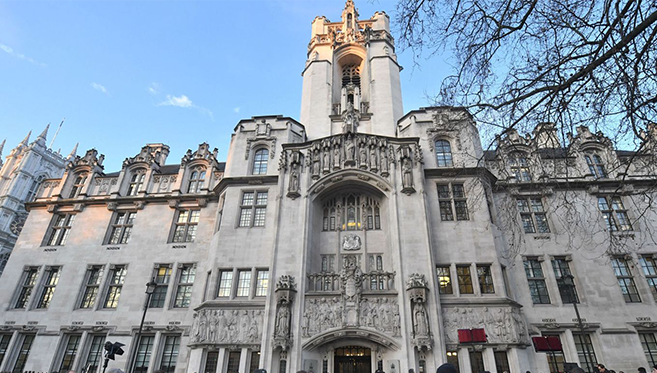
Judicial Systems in Russia
We are going to begin our discussion of the structure of the judiciary with a date, 1993. Prior to 1993, the courts in Russia were nothing but a puppet manipulated by the Communist Party. The Russian court system does have district, regional, and national courts. Since 1993, the Russian government created a court structure that exists to this day: the Constitutional Court. The Constitutional Court has nineteen (19) members appointed by the President and confirmed by the Federations Council. There is also a Supreme Court that was created by the Constitution. The Supreme Court is made up of 115 members appointed by the President and confirmed by the Federation Council.
The function of the District Courts is the primary trial criminal courts and the Regional Courts are the appellate courts. The Constitutional Court is designed to make sure all laws and decrees are constitutional. Supreme Court is the court of last resort for Russian administrative law, civil law, and criminal law.
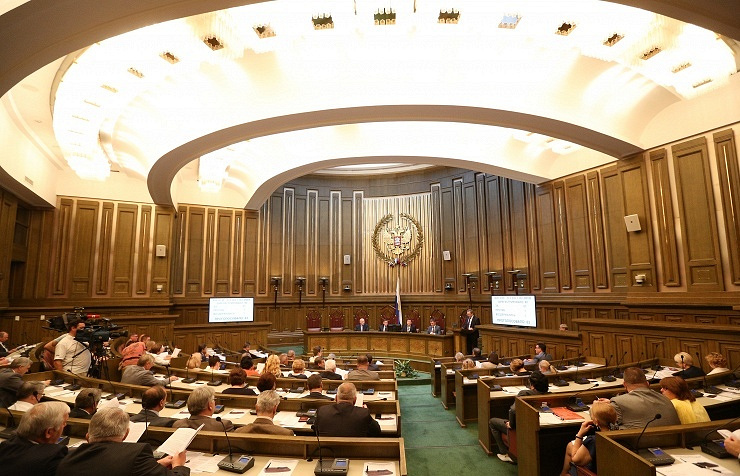
Judicial Systems in Iran
There are many levels of courts and some courts have original jurisdiction and others have appellate jurisdiction. At a federal level, the judiciary is headed by a chief justice who is a cleric and needs to possess an understanding of sharia (Islamic law). The chief justice is appointed to a five-year term by the Supreme Leader. Beneath the chief justice is the Supreme Court, which is the highest court of appeals in the land. The Supreme Court has 42 branches and each branch has a justice, judge, and magistrate.
The function of the courts at any level is really two-fold: 1️⃣ to interpret the law and ensure it does not violate sharia law and 2️⃣ interpret the body of statutes made by legislative bodies. This type of law is known as Qanun (secular law).

Judicial Systems in Mexico
Mexico has both federal and state courts of origination and appeals. Most laws however are federal, so state courts are considered lesser than the federal courts. The Supreme Court is the highest federal court. The Supreme Court is made up of a plenum which is the meeting of the eleven ministers of the Supreme Court, and a chamber which is made up of five ministers. The Minister-President of the Supreme Court does not participate in the Chambers. The ministers nominated by the President of Mexico and confirmed in Office by the Senate.
The function of the Supreme Court on paper is to determine if laws are Constitutional or not. Its main duty is to enforce the law and preserve the order under the Constitution.
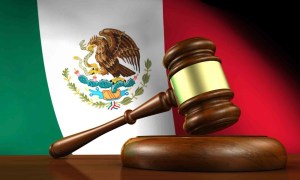
Judicial Systems in China
China has a four-tiered people's court system. The four levels of the court system are called the grassroots, intermediate, higher, and supreme people's courts. The CCP is in control of the court system nationwide, the party appoints all members of the judiciary. A nationwide organization called the people's procuratorate provides public prosecutors and defenders to the courts.
The function of the courts according to the Constitution is to exercise judicial power independently and free of interference from administrative organs, public organizations, and individuals. The reality of the courts is that they are another arm of the CCP.
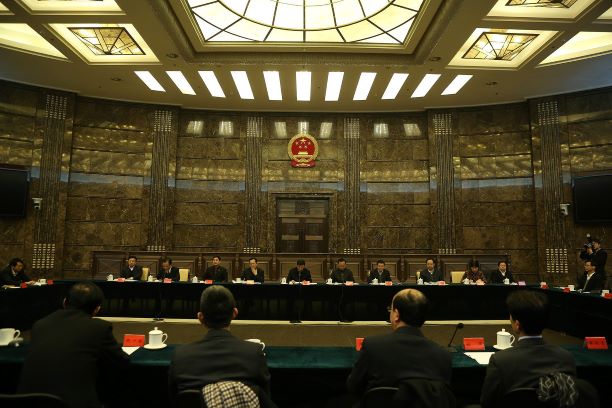
Judicial Systems in Nigeria
We will focus on the modern courts. The 1999 Constitution established a Supreme Court, a Federal Court of Appeals, and a single unified court system at the national and state levels. However, we also need to recognize that in addition to the court system established by the Constitution, states can also set up or authorize traditional subsidiary courts, among them Islamic sharia courts (primarily in the northern states).
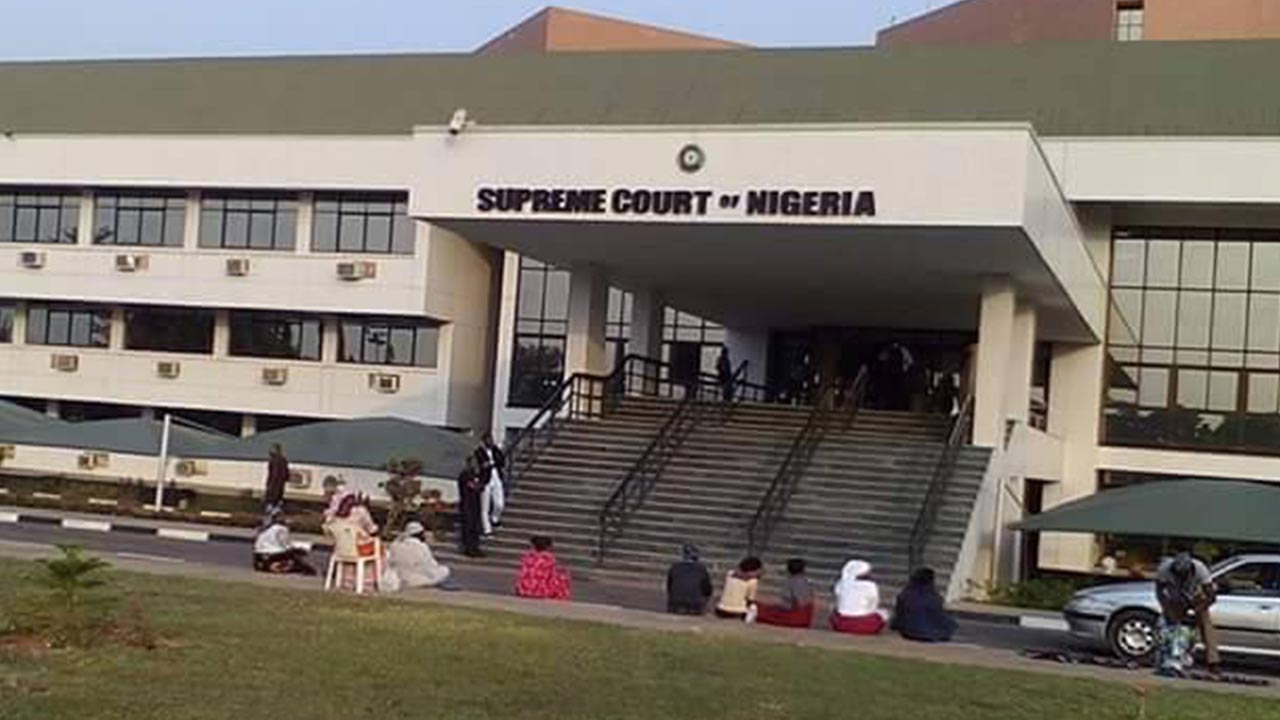
The Supreme Court is made up of chief justice and up to 21 justices appointed by the President and confirmed by the Senate. The Federal Court of Appeals has 72 branches across Nigeria and the justices are appointed by the President and confirmed by the Senate as well.
The function of the Federal Court of Appeals is to hear appeals from state courts of origination and appeals. The Supreme Court is the highest court of the land and is charged with appellate jurisdiction for the most part but it has original jurisdiction in state vs. state and state vs. federal cases.
Browse Study Guides By Unit
👑Unit 1 – Political Systems, Regimes, & Governments
⚖️Unit 2 – Political Institutions
🙋♀️Unit 3 – Political Culture & Participation
🐘Unit 4 – Party, Electoral Systems, & Citizen Organizations
🏗Unit 5 – Political & Economic Changes & Development
🤔Exam Skills
📚Study Tools

Fiveable
Resources
© 2025 Fiveable Inc. All rights reserved.